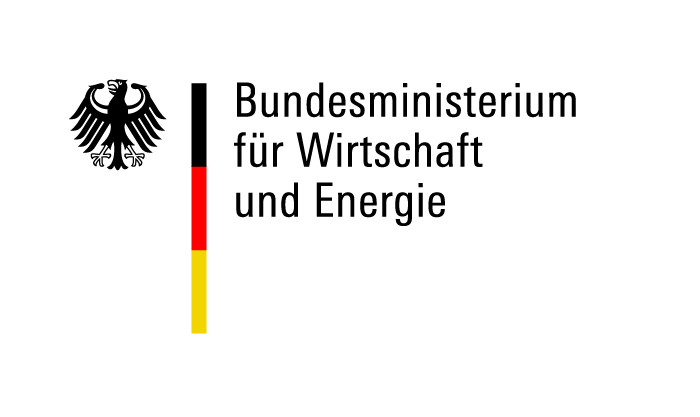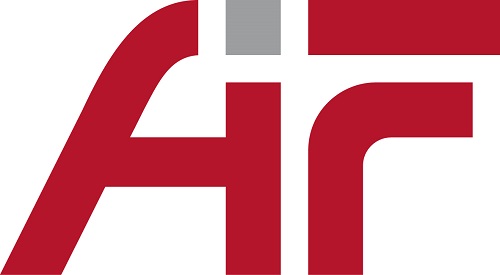“Imagine two copper blocks with the same surface area, but different thicknesses in cross section,” says project manager Woo-Sik Chung from the Micro Joining Group at Fraunhofer ILT, breaking down the principle of the newly developed manufacturing process to its essence. “The thicker the block, the greater the current flow. Where the most current is needed, we reinforce the circuit board. Where little current needs to flow through, we save on material.” With standardized manufacturing processes, it was previously very costly to selectively thicken individual areas so that a welded connection could be applied. In the BMWi-funded CLAPE project, experts from Fraunhofer ILT, ILFA GmbH and the French SME Ouest Coating have successfully tackled this challenge over the past three years.
One component, multiple functions
“Until now, the rule was: you use a printed circuit board with a thin metallization layer or one with a thick layer – either-or – depending on the application,” Chung explains. A current transformer to charge batteries in electric cars, for example, requires a great deal of current within a short period of time for the charging process. To transmit a current signal to an LED light, on the other hand, only a few milliamperes are needed. “Our new manufacturing process enable us realize both simultaneously on just one circuit board: signal and current transmission.”
This was made possible by the successful combination of two proven processes. The researchers used specially adapted circuit boards that were thickened selectively by cold gas spraying according to specific requirements. This way, conductor tracks of different thicknesses could be welded to the printed circuit board by laser beam microwelding without causing thermal damage. The advantage of the process: Thanks to their specific structure for signal and current transmission, the resulting hybrid circuit boards not only require less space, but also distribute the energy much more efficiently.
“In the future, our hybrid printed circuit boards could combine several functions within one component,” says Woo-Sik Chung. “If the process becomes established in practice, both the installation space for power electronics and the overall weight of electric cars could be significantly reduced, resulting in both a longer range and lower CO2 emissions in the long term.” This is also an extremely important finding as the resources needed to manufacture chips for power electronics are in short supply.
Further exploiting potential
The fact that the higher efficiency is also more cost-effective makes the Fraunhofer ILT's new development particularly attractive for industry. This is especially the case when one considers the German climate targets, which were recently revised upward, according to which 65 percent of CO2 has to be saved by 2030 and the country has to become climate-neutral by 2045. Instead of a few centralized power suppliers, there should then be a decentralized network of many energy suppliers: solar cells, for example, and private biogas and wind power plants. Another central element of the strategy is e-mobility. In the future, batteries in electric cars could store or supply energy. Just as needed.
The most important innovation drivers in this area include the electronics and chemical industries in particular, with their decades of experience. This is made clear by a study conducted by the Vienna-based Zukunftsinstitut. According to the study, traditional car manufacturers have a know-how share of more than 60 percent for the combustion engine, but only 15 percent for the electric motor. Knowledge of conventional engines and transmissions, therefore, seems to play only a subordinate role for e-mobility. New technologies are in demand in the mobility industry and beyond, such as the manufacturing process developed in CLAPE for hybrid circuit boards in power electronics.
“We have only recently completed the project,” says Chung. “The technology is not yet ready for the market, and some adjustments are still needed before it can be used in practice. But we've already been able to show that there are promising technological alternatives to the status quo.” The next research goal is now to optimize how selective the cold gas spray process works and further reduce costs. “Here we still have room for improvement. But this also shows us what great potential there is in the technology once it can be used in a commercially viable way.”
CLAPE - Innovative Cold-spray deposition and Laser joining for PCB-based Power Electronics
Project partners:
- Fraunhofer Institute for Laser Technology ILT (coordination and electrical contacting)
- ILFA GmbH, Hanover (printed circuit boards, demonstrator assembly)
- KMU Ouest Coating, Saint Nazaire / France (cold gas spray process)
- Sponsored by the German Federal Ministry for Economic Affairs and Energy (BMWi)
- Project executing organization: Aif Federation of Industrial Research Associations “Otto von Guericke” e.V.
 Fraunhofer Institute for Laser Technology ILT
Fraunhofer Institute for Laser Technology ILT

